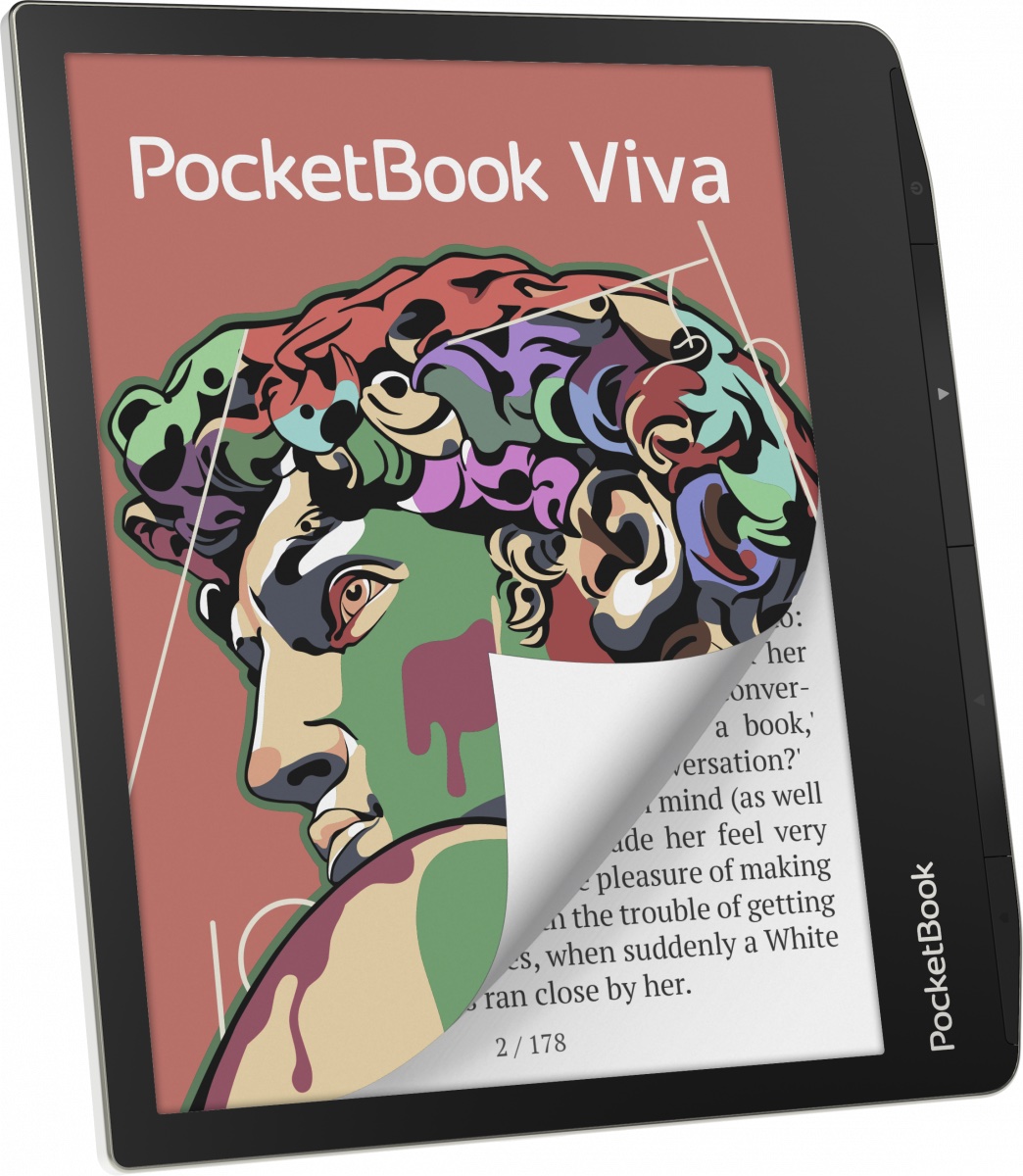
E Ink Puts Color Screens Into Mass Production
December 13, 2022 by Dave Haynes
Color e-paper displays have been around for many years now, but adoption has been limited – something that likely owes to their cost and the slow progression of the technology. That may change now that the primary manufacturer of e-paper displays – the US/Taiwan company E Ink – has gone into mass production for color e-readers displays.
E Ink has announced that its E Ink Gallery 3 has moved into mass production for what it calls Advanced Color ePaper screens, with customers that include Bigme, BOOX, iFlyTek, iReader, PocketBook, Readmoo and AOC expected to launch color screen products using in 2023 and beyond.
There are many millions of black and white e-readers – like Kindles and Kobos. But color e-paper screens have mostly been trade show demos. Mass production could change that, opening up the ability to use color for low-energy consumption applications like real-time transit schedules and meeting room occupancy displays. Black and white can look great when done well, but there are many reasons why end-users would crave color.
Making color available in eReaders has been a focus of the company for several years. With this announcement, the Company’s flagship color product will now be found in commercially released products that bring together the benefits of both the color offering, while preserving the low power attributes E Ink is known for. Gallery 3 is suitable for eReader and eNote in digital reading, education and textbooks, professional use and even IoT devices.
“E Ink is very excited to have seven major customers announce new products featuring E Ink Gallery 3,” said Johnson Lee, CEO of E Ink. “E Ink Gallery 3 opens up a new chapter in digital reading, offers customers a full color, enhanced reading and shopping experience for eBooks, while offering sustainable reading options. We believe customers who own black and white eReaders will be encouraged to upgrade to a color reading experience with Gallery 3.”
E Ink Gallery 3 is based on the E Ink ACeP™ Advanced Color ePaper platform. In this platform, a full-color gamut is achieved through a four particle ink system: cyan, magenta, yellow and white, which allows a full color gamut at each pixel. Gallery 3 offers substantial technological improvements in many aspects over its first generation. Black and white update time has been improved to 350 milliseconds (ms), fast color mode is 500 ms, standard color mode is 750-1000 ms and best color is achieved at 1500 ms. Pen input capability supports black and white and an addition of several other colors and an update time of 30 ms. E Ink Gallery 3 will be offered with E Ink’s new ComfortGaze™ front light. ComfortGaze has been engineered to reduce the amount of blue light reflected off the surface of the display, providing further comfort while reading with reduced Blue Light Ratio (BLR) and Blue Light Toxicity Factor (BLTF) by up to 60 percent and 24 percent respectively compared to the previous generation of front light design.
Unlike an LCD tablet, E Ink products only require power to change an image, not to display it. This results in a very low powered device, with charges needed every few weeks vs. daily. In the past five years, 130 million eReaders have been in use globally, replacing the purchase of paper editions of books. It is estimated that paper books and LCD device would emit more than 100,000 and 50 times CO2 vs. eReaders respectively throughout that time.
E Ink had color displays at DSE. They’ve come a long way over recent years, and the ACeP advanced color displays have much richer colors than older versions that had to use a color filter. The screen refreshes are pretty quick, but during that refresh the screen does look like it is having a medical issue – briefly freaking out with scrambled visuals, before settling in. This would be an issue, perhaps for information with frequent changes. But the market for these kinds of units, in the context of digital signage, has more to do with easily and remotely updated replacements for paper signs, like transit schedules or variable opening hours.
I don’t know if mass production will reduce costs for color displays, but it is a safe assumption because of economies of scale.



Leave a comment